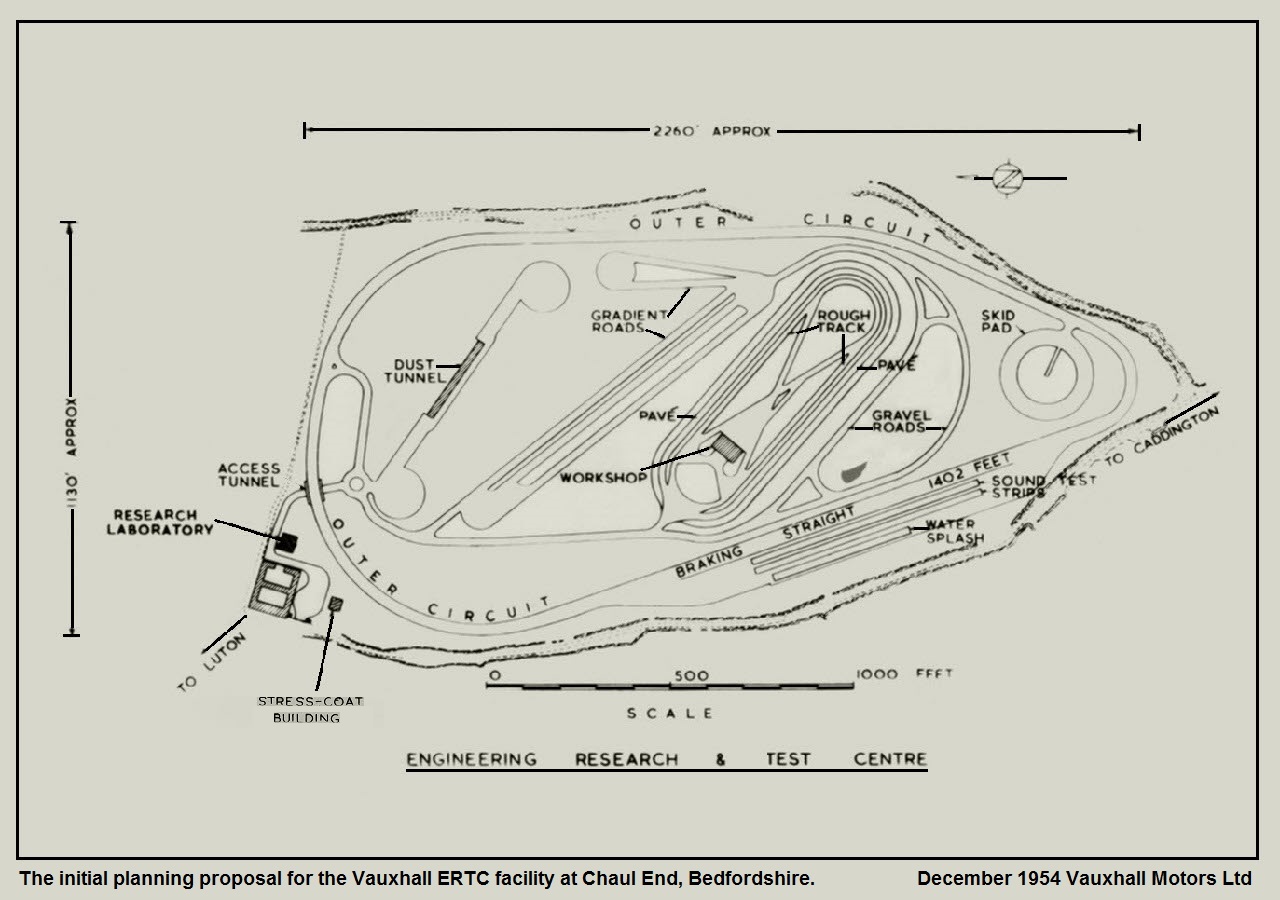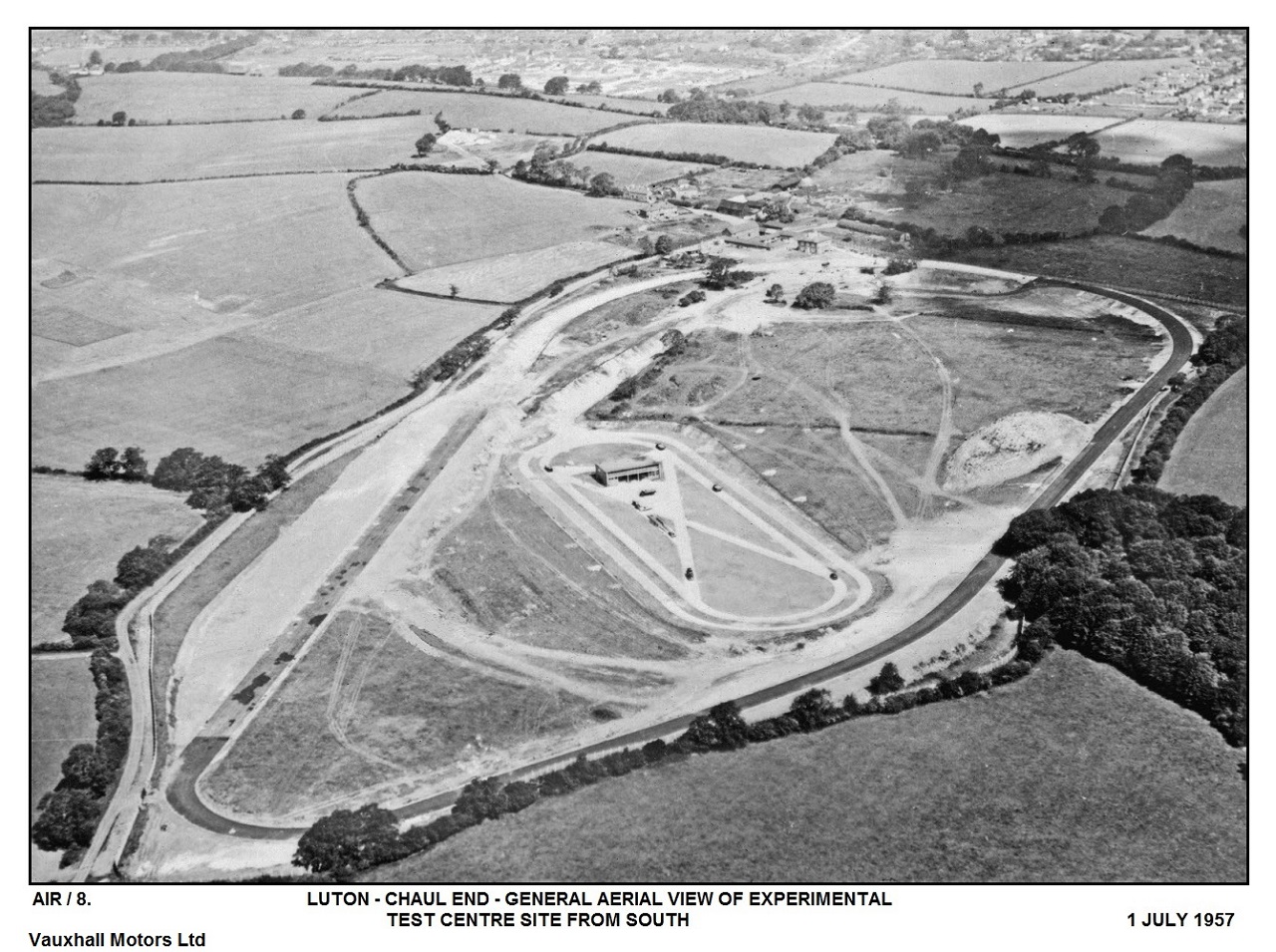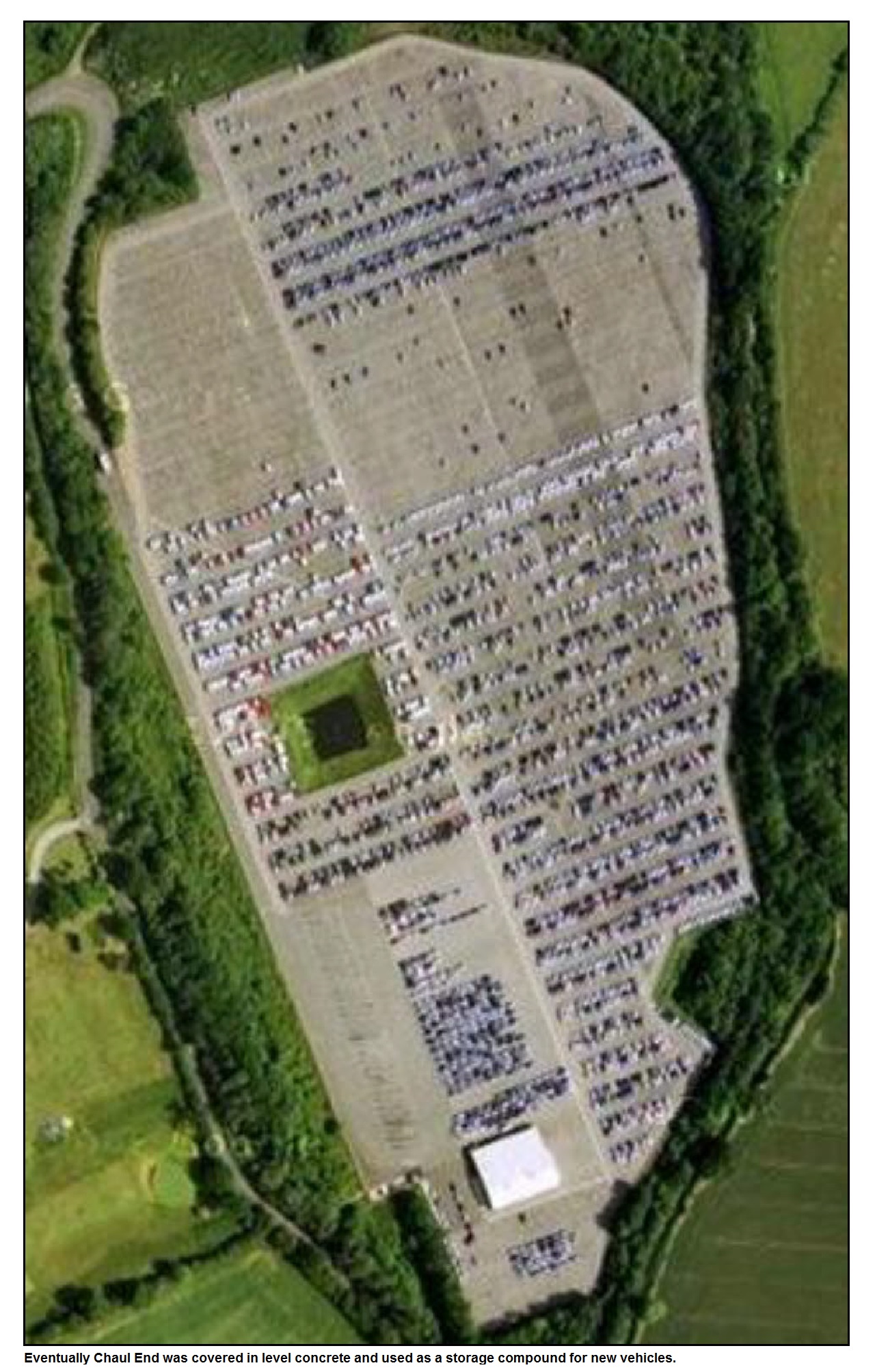At the end of hostilities in 1945 the Government was faced with
demands from British automotive manufacturers for specific testing
facilities to develop vehicles for export markets to which, by
Government decree, they were being forced to actively expand
shipments to. In response, the Government commissioned a new
industry body, the Motor Industry Research Association (M.I.R.A.),
which combined central funding with that of member manufacturers to
build a specific testing facility. The chosen location was Nuneaton
in Warwickshire and became partially operational in October 1948
using disused runways and fully operational in 1950. Vauxhall,
being part of General Motors, were in a much better position than
rivals having already developed an almost Worldwide presence. The
M.I.R.A facility was comprehensive but lacked the privacy that was
becoming more important in developing new models with increased
competition between manufacturers, Vauxhall were aware of this
shortcoming in knowing the security employed by General Motors at
their Millford proving ground in the US.
In 1953 Maurice Platt became Chief Engineer at Vauxhall Motors and
with it a change in thinking about the way Vauxhall developed
passenger cars and Bedford trucks. The E Series Wyvern & Velox
models introduced in August 1951 were the first truly new post war
models to be designed from scratch by Vauxhall but their styling
and features had been leaked by the press well in advance of the
launch because of the lack of security during testing at M.I.R.A.
This situation added the impetus Platt needed to get the agreement
of his fellow Directors to make plans for Vauxhall to build its own
comprehensive, fully equipped and self-contained proving ground. A
small team of Maurice Platt’s Engineering Department was assembled
and tasked with finding a suitable site within a reasonable
distance from the main Luton facilities.
After several failed attempts, in September 1954 Vauxhall arranged
the purchased of a disused 58-acre gravel pit a few miles from
Luton near the small village of Caddington called Chaul End.
Planning permission was sought and accepted and building work
commence within a few months and the centre first opened in
February 1956 and later in the year all rough track testing was
transferred from Welwyn. At the time, the Vauxhall Chaul End
facility along with the M.I.R.A proving ground were the only fully
equipped testing grounds in Britain and Vauxhall were one of very
few manufacturers in Europe to have their own proving
ground.
Chaul End was equipped with a high speed outer circuit, banked on
the corners, and with a special straight section used for brake
testing. A smaller, circular, steering pad, maintenance workshops,
a rough track, weighbridge & ditch crossing for trucks, Belgian
pave track, an axle drop test section, a research lab and
stress-coat building. Added later were a cab impact test, salt
spray, a cross country circuit, a ripple surface track, noise
testing strip, a chassis weave test area, an analogue computer room
and an on-site isotope lab. While some of the equipment may seem
crude and primitive to us today, at the time it was real cutting
edge technology.
The first Vauxhall model to be completely developed at Chaul End
was the PA Series Cresta & Velox, there was limited production
testing of the E Series models and also some later development work
on the F Series Victor but all the initial testing was done by GM
in the US. The first Bedford was the TK Series, the last was the
Bedford CF although extensive testing was done at Holden’s Lang
Lang proving ground. The last car to be fully developed at Chaul
End was the Victor FD Series, there was some early work done for
the HC Viva but was completed at Millbrook. In the following
pictures, you can get a glimpse into the activities at Chaul End
some long before Millbrook was even thought
of.
One would
assume that the advent of an even bigger proving ground, at
Millbrook, that the facility at Chaul End would be immediately
redundant, this wasn't the case
however.
All high speed
and handling testing was moved to Millbrook but many specialist
facilities such as the strain testing laboratories and the first
radio isotope centre to be set up in the UK exclusively devoted to
motor vehicles were kept in place. As a quote from John Alden
Vauxhall Director and Chief Engineer
explains:
"In the
organisation of the Engineering Department, the Chaul End Research
laboratories come within the responsibility of the research and
development group. A proportion of the work carried out is related
to advanced projects, just because of their specialised knowledge
and equipment members of Chaul End render an extended development
service to the engineering department as a whole and at times to
the whole Vauxhall organisation. Facilities available in the
laboratories have been continuously developed and enlarged. Even
basically familiar services such as measurements using strain
gauges have lost many of their old
limitations"
Despite John Alden's defence of keeping Chaul End open, by the late
70s all the research equipment had been moved to Millbrook, after
which, for a while at least, the whole place lay idle but was
eventually covered with concrete and used for new vehicle storage,
as shown on the left, and continued to do so up until very recently
when Vauxhall decided to sell the area for house
construction.










